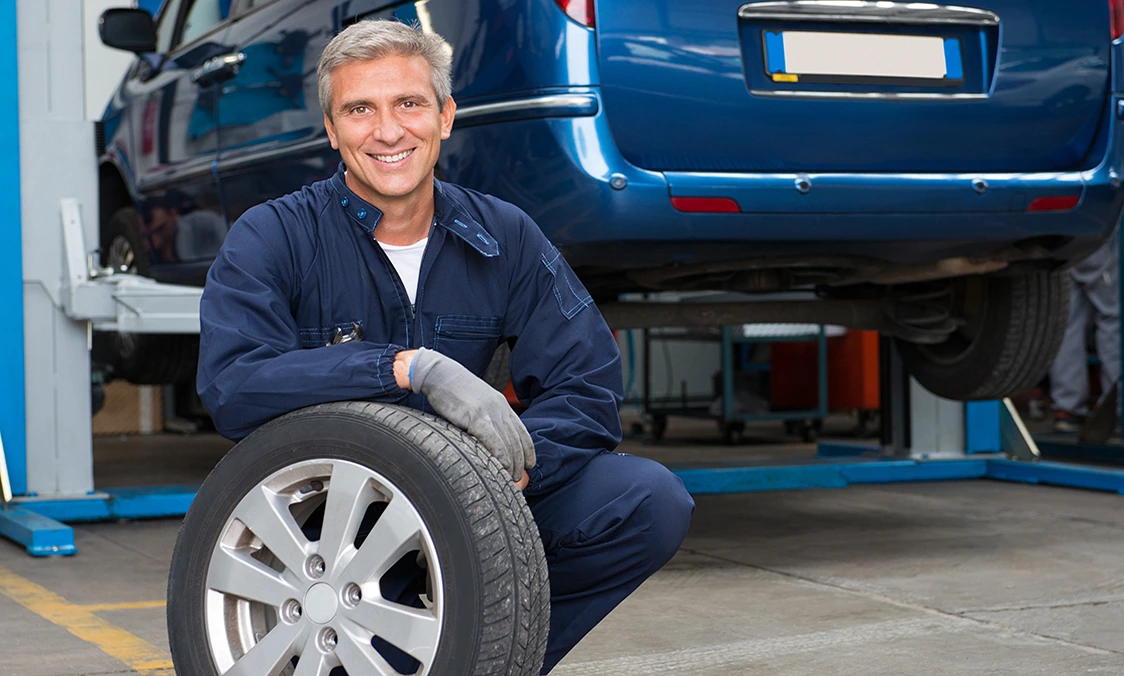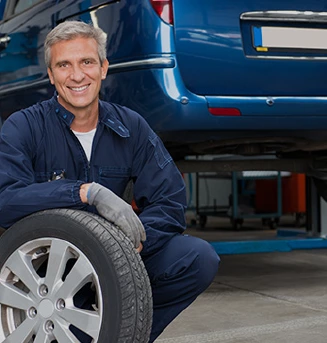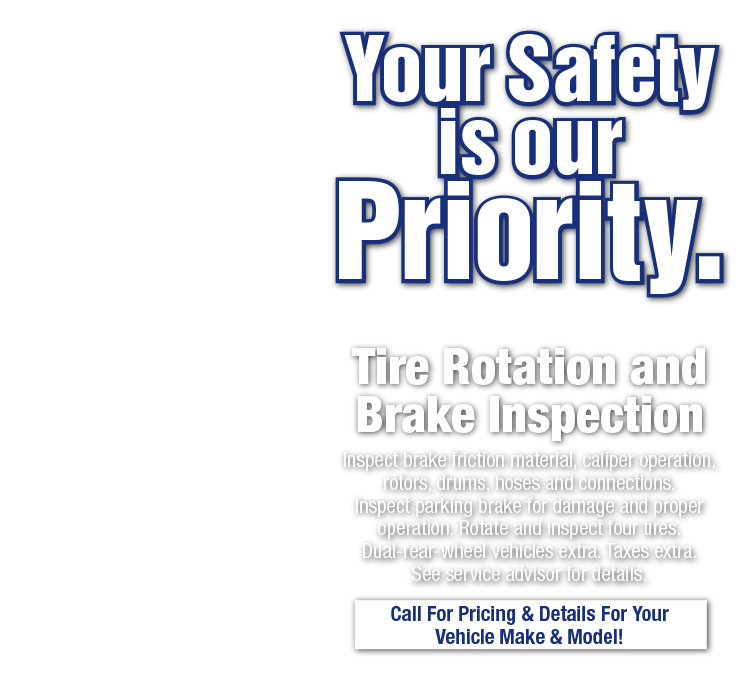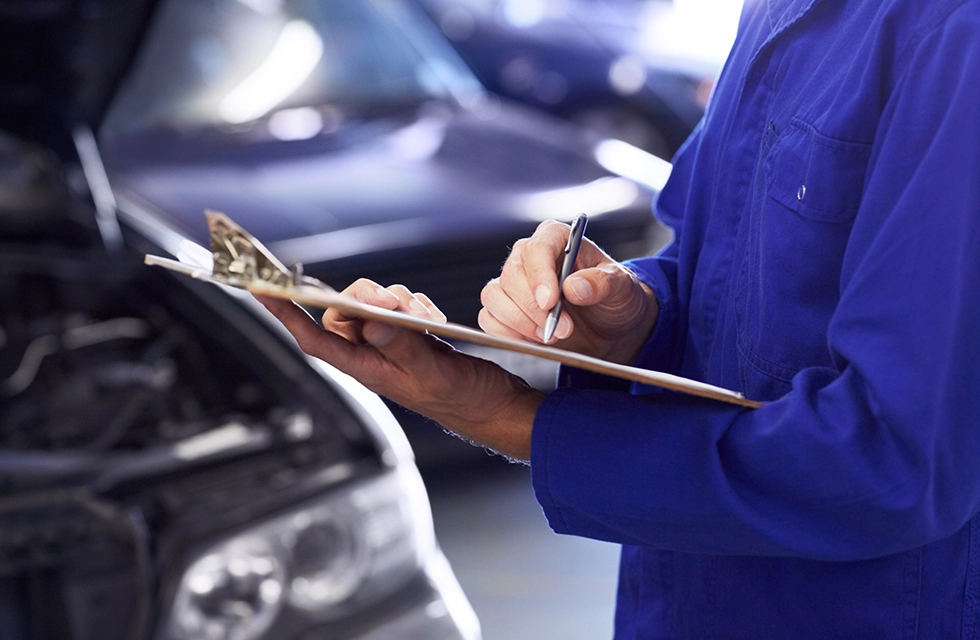When Are Your Tires Worn Out?
July 9, 2017
Hey Livonia area drivers, are your tires worn out? What is the standard for our MI streets? How can you tell on your vehicle?
While there may be legal requirements for the Livonia area, there are safety concerns that go beyond meeting minimum replacement mandates.
Two-thirty-seconds of an inch is the depth of the tire tread wear indicator bars that US law has required to be molded across all tires since August 1, 1968. When tires are worn so that this bar is visible, there's just 2/32 of an inch – 1.6 millimeters – of tread left. It's that level of wear that's been called into question recently.
We're referring to the tread depth on a tire, it can't move surface water out of the way and you start to hydroplane.
In a safety study, a section of a test track was flooded with a thin layer of water. If you laid a dime on the track, the water would be deep enough to surround the coin, but not enough to cover it.
A car and a full-sized pick-up accelerated to 70 miles per hour, or 112 kilometers an hour, and then made a hard stop in the wet test area. Stopping distance and time were measured for three different tire depths:
- New tire tread depth
- 4/32 of an inch, or 3.2 mm
- 2/32 of an inch, or 1.6 mm
So what happened with the 2/32 inch/1.6 mm tires on the car? Get this – when the car had traveled the distance required to stop with new tires, it was still going 55 mph/89 kph. Stopping distance was nearly doubled to 379 feet/116 meters, and it took 5.9 seconds.
Wow! That means if you barely have room to stop with new tires, you would hit the car in front of you at 55 mph/89 kph with the worn tires.
Now, with the partially worn tires – at 4/32 of an inch, or 3.2 mm – the car was still going at 45 mph/72 kph at the point where new tires brought the car to a halt. It took nearly 100 feet, or about 30 meters, more room to stop and 1.2 seconds longer. That's a big improvement. We can see why Consumer Reports and others are calling for a new standard.
Of course, stopping distances were greater for the heavier pick-up truck.
How do you know when your tires are at 4/32 inch or 3.2 mm? Easy; just insert an American quarter into the tread. Put it in upside down. If the tread doesn't cover George Washington's hairline, it's time to replace your tires. With a Canadian quarter, the tread should cover the numbers in the year stamp.
You may remember doing that with pennies. A penny gives you 2/32 inch, or 1.6 mm, to Abraham Lincoln's head. The quarter is the new recommendation – 4/32 inch, or 3.2 mm.
How do people feel about replacing their tires earlier? Well, tires are a big ticket item and most people want to get the most wear out of them that they can. But do you want that much more risk just to run your tires until they are legally worn out?
For us, and we would guess for many, the answer is "no".
Auto Lab Livonia
36251 Five Miles Rd
Livonia, MI 48154
734-432-6000
http://www.autolablivonia.com
Need Service?
More articles from Auto Lab Livonia

A Head Start on Starting (Battery Testing)
May 4, 2025
If your vehicle isn't starting or doesn't sound like it used to when you crank it, the culprit may be the battery. You may have left a light on, or something plugged into one of charging ports. Maybe you accidentally left your vehicle in the "on" or "accessory" position when you last got out. M... More

The Truth about Tire Pressure (Tire Inflation)
April 27, 2025
Most light vehicles (under 10,000 pounds/4,500 kg) in North America sold from 2008 model year on have a feature that many people are confused about. It's the tire pressure monitoring system (TPMS). You may have some experience with it yourself if you own a newer vehicle. Vehicles with TPMS hav... More

Lubricate Driveshaft
April 20, 2025
See if any of these are happening to your vehicle. You feel it vibrating excessively underneath when its running, or you hear strange clunking, grating, or grinding sounds coming from beneath. Maybe its hard to turn your vehicle, or you can hear squeaking when youre going slow. Perhaps you fee... More










